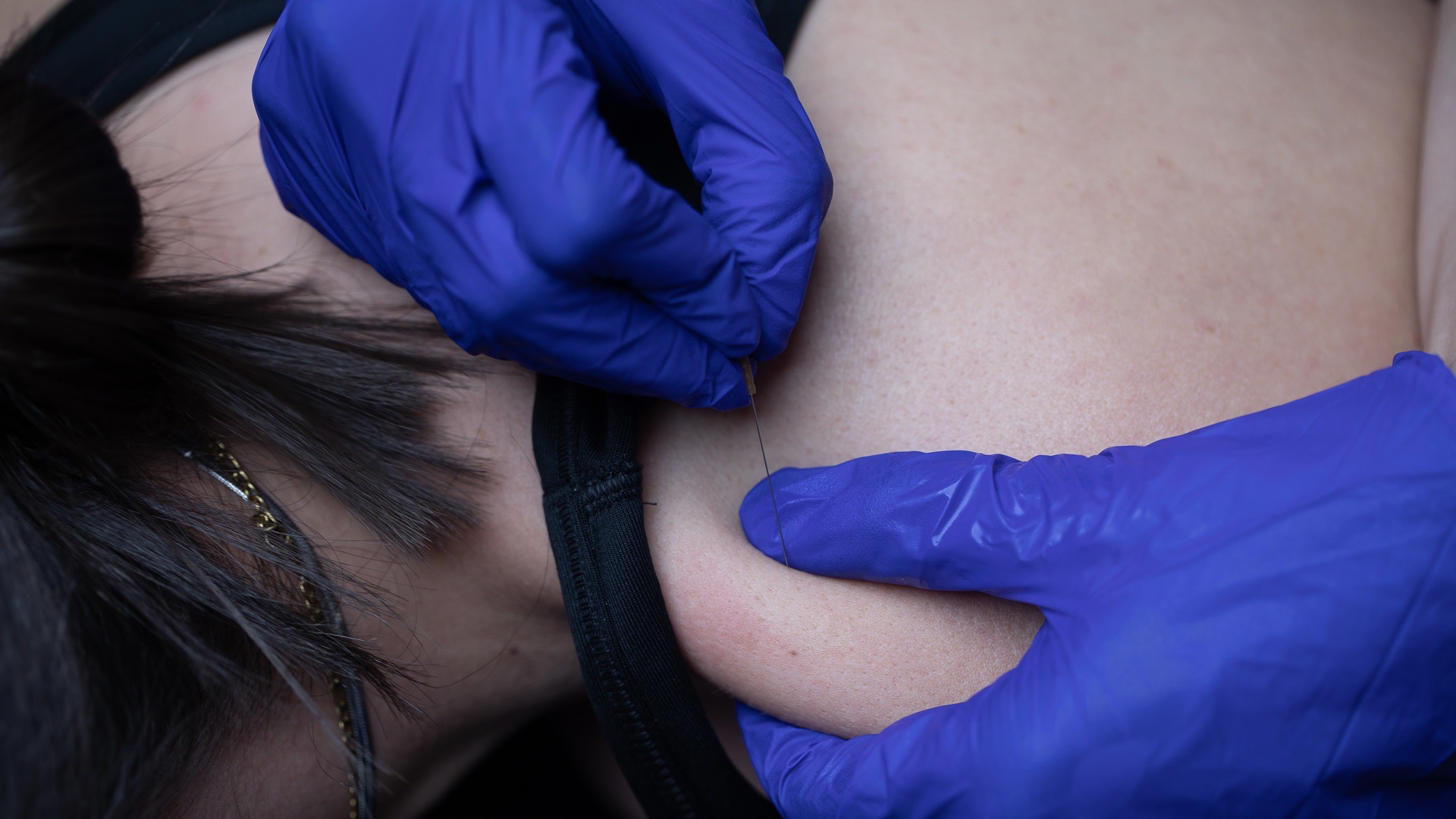
Dry needling also known as Western Medical Dry Needling is highly successful to treat myofascial trigger points and relieving local and referred pain. The osteopath uses this technique to treat musculoskeletal pain, movement issues and joint restrictions due to muscle hypertension. Stimulating the trigger point with the needle helps to release muscle tension, reduce the local and referred pain, and increase the muscle’s blood flow. Most of the patients feel immediate relief after the dry needling because it promotes the healing process fast and effectively.

Trigger points also known as knots are highly sensitive and can be painful when touched. When you palpate the upper part of your back (trapezius muscle) and feel a knot, which is painful when you press it, this painful knot is the trigger point
The significant fact about the Trigger points is that they disrupt both muscle and joint function, restricting your range of motion and causing pain and tenderness. It is quite often pressing an active trigger point can cause referred pain in an other area such as the head, neck or back.

At the beginning of the appointment, the osteopath takes a detailed case history and continues with palpation and an orthopaedic assessment including a special clinical test.
During the dry needling, the osteopath inserts a thin, sharp needle on the trigger point during the treatment. A quick spasm of your muscle might happen called a local twitch response. This reaction of your muscle is a sign of release. The needles remain in your muscle for a short period of time.